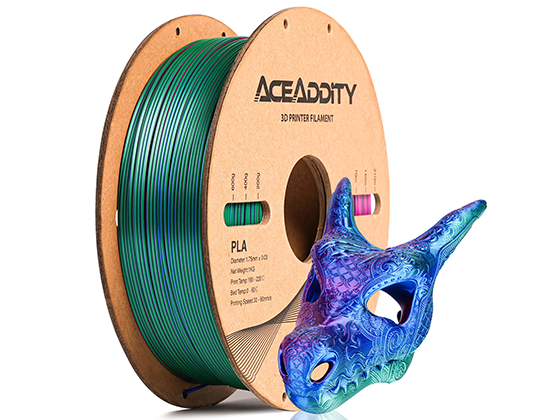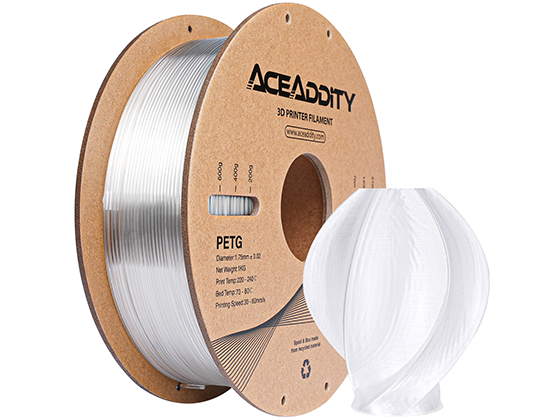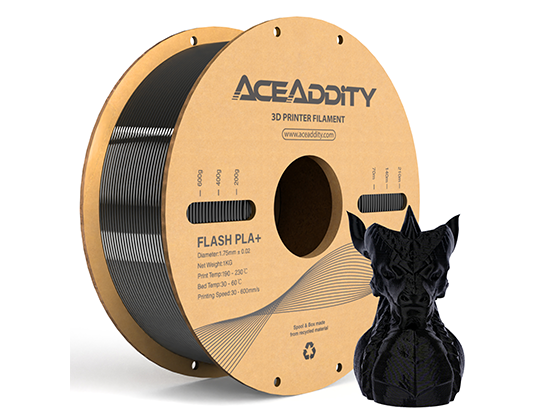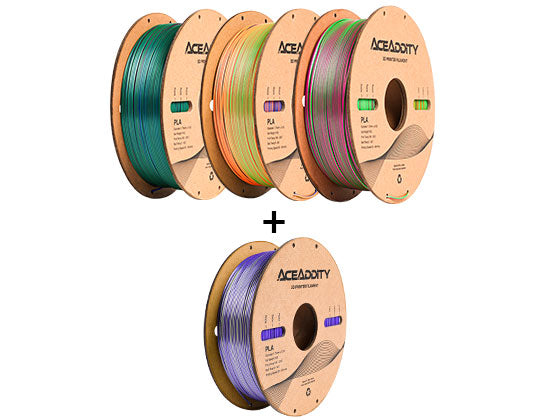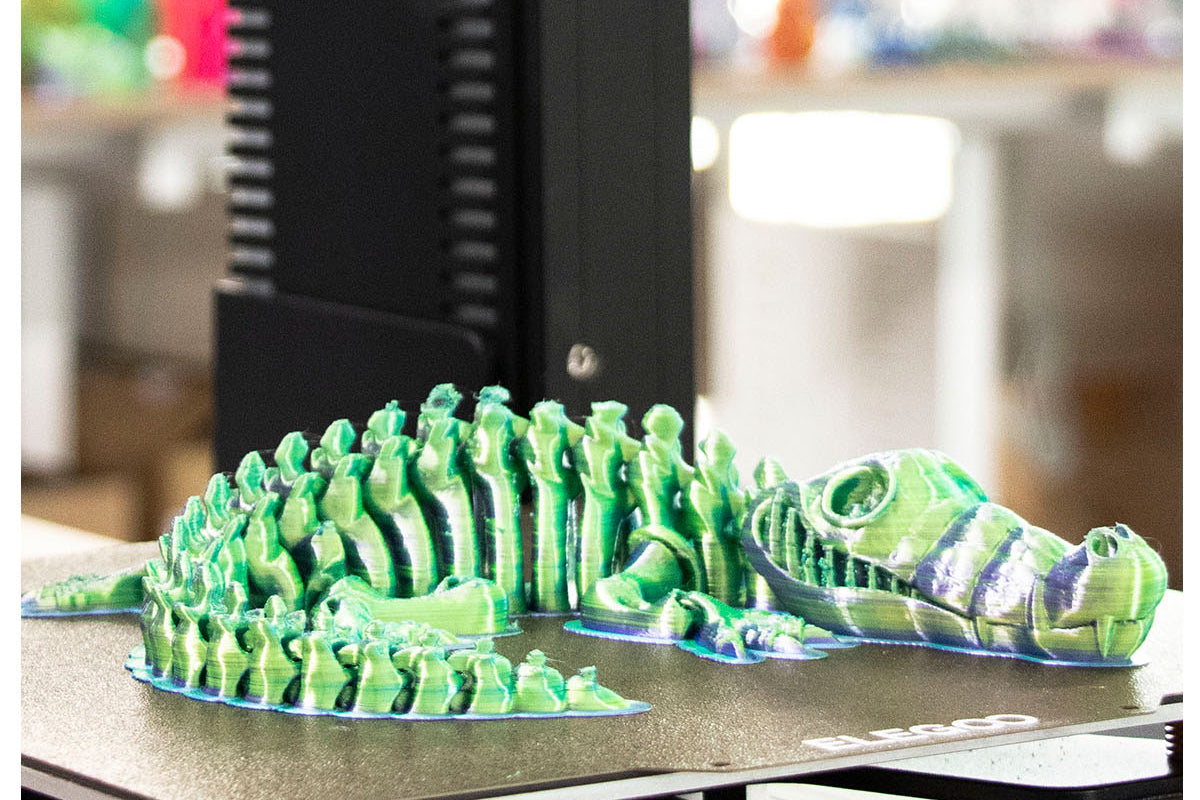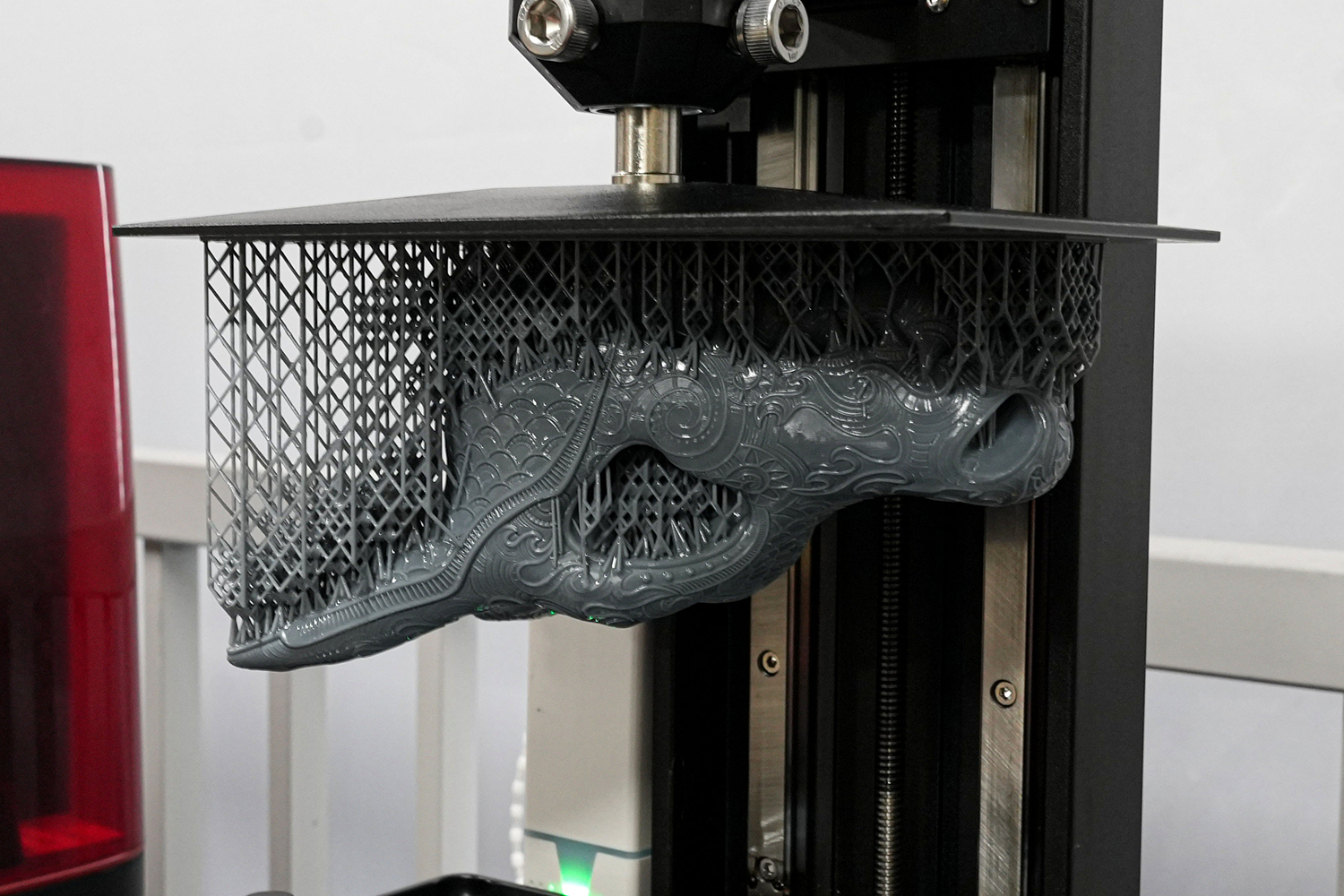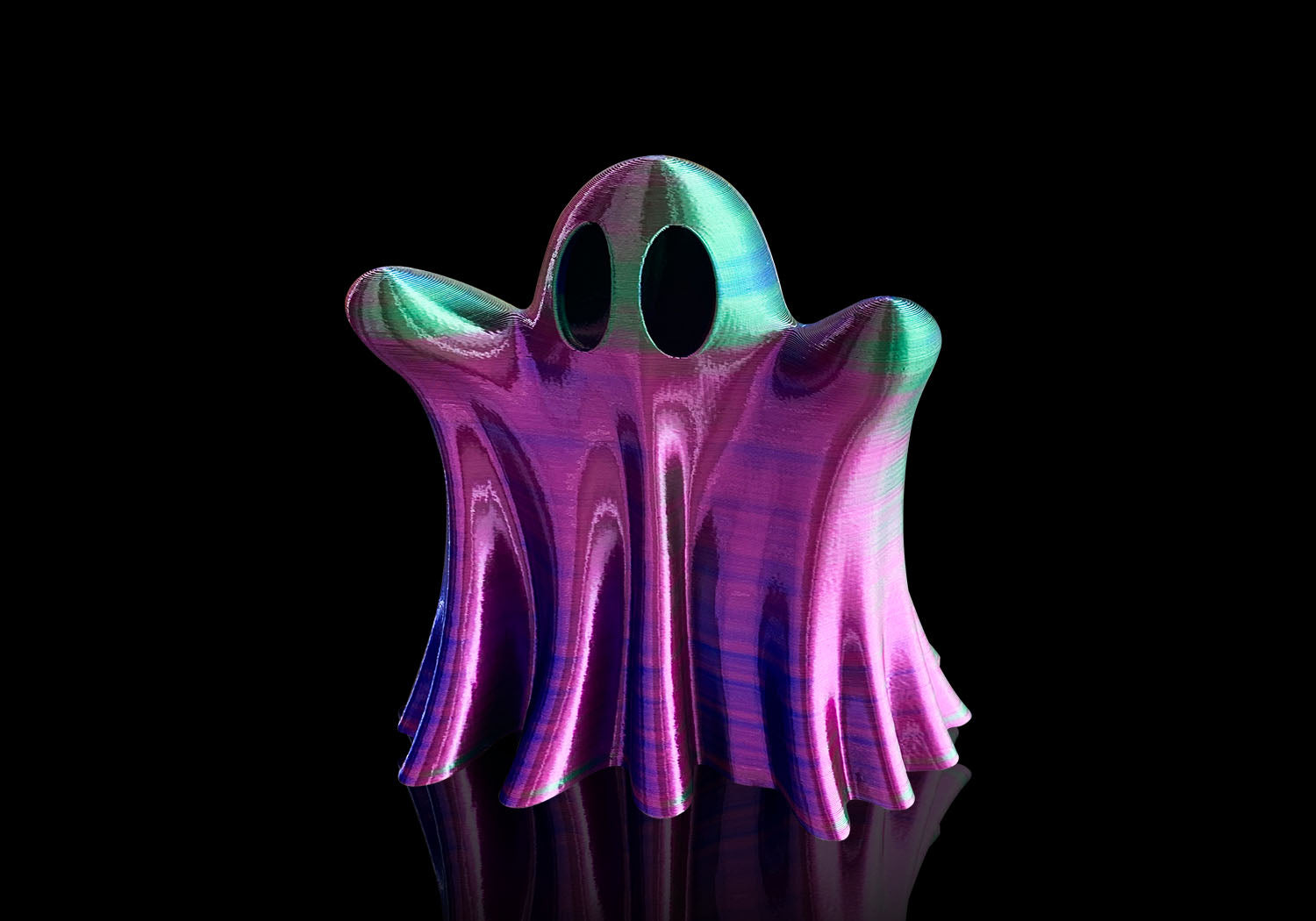Generally speaking, there are three major types of build plate adhesion: skirt, brim and raft. A wise option of adhesion type can help improve both priming your extrusion and adhesion to the build plate. By understanding the three different first layer types during FDM 3d printing, you can increase chances of successful 3D prints.
In the following content, we'll introduce skirt, brim and raft in 3d printing by explaining what they are, how do they work as well as their pros and cons.
Skirt
A skirt is a line printed around the model, not connected to the model but enclosuring around the outer of the model.

Skirts serve a useful purpose because they help prime your extruder and establish a smooth flow of filament. Observing your skirt also allows you to detect any printing or leveling errors before you start printing your actual model. A Skirt is typically offset 3-4mm from the part. It may have 1-2 layers and 1-2 outlines.
- Uses the least time and material compared to rafts, brims
- Shows that the temperature and bed leveling are proper
- Identities problems like filament jamming,warping, bad adhesion of the first layer, etc
- The least adhesive to the build plate due to its small contact area with the print bed.
Brim
A brim is a single layer made around the edges of the object on the first layer. Brims typically have several outlines and may be 1-2 layers tall.

Typically, the brim is printed with a increased number of outlines to create a large ring around your part, similar to the brim of a hat. Brims are often used to hold down the edges of your part, which can prevent warping and help with bed adhesion.
Pros:
- strong adhesion to prevent warping
- Uses less time and material compared to rafts
- Identities problems like filament jamming, warping, bad adhesion of the first layer, etc
- Consumes more time and material compared to skirts
- More likely to reduce the accuracy of the part's first layer compared to skirts
- Harder to remove the print with a brim compared to skirts
Raft
A Raft is a horizontal latticework of filament that is located underneath your part. In other words, it can add a thick grid with a rood below the model.

Rafts are primarily used with ABS to help with bed adhesion. Rafts are also used to help stabilize models with small footprints, or to create a strong foundation on which to build the upper layers of your part.
- Offers the most adhesive aid to the bed compared to skirts, brims
- Prevents intricate material like ABS from warping
- Improve printing success
- Consumes more wastes of time and material compared to skirts, brims
- Reduces the accuracy of a part's first layer
- Hardest to be removed compared to skirts, brims
Now you know 3 new techniques to help improve the foundation of your 3D printed parts! Next time you are struggling with adhesion, priming, or small delicate parts, you will know the exact technique to use. Hope you all can enjoy FDM 3d printing.


